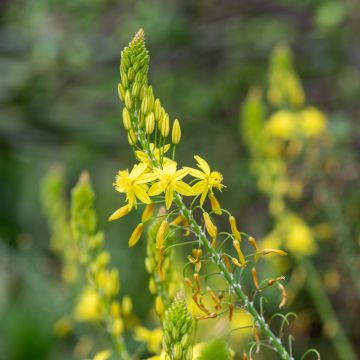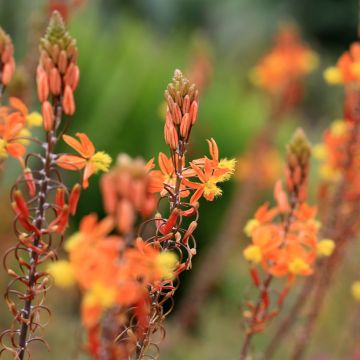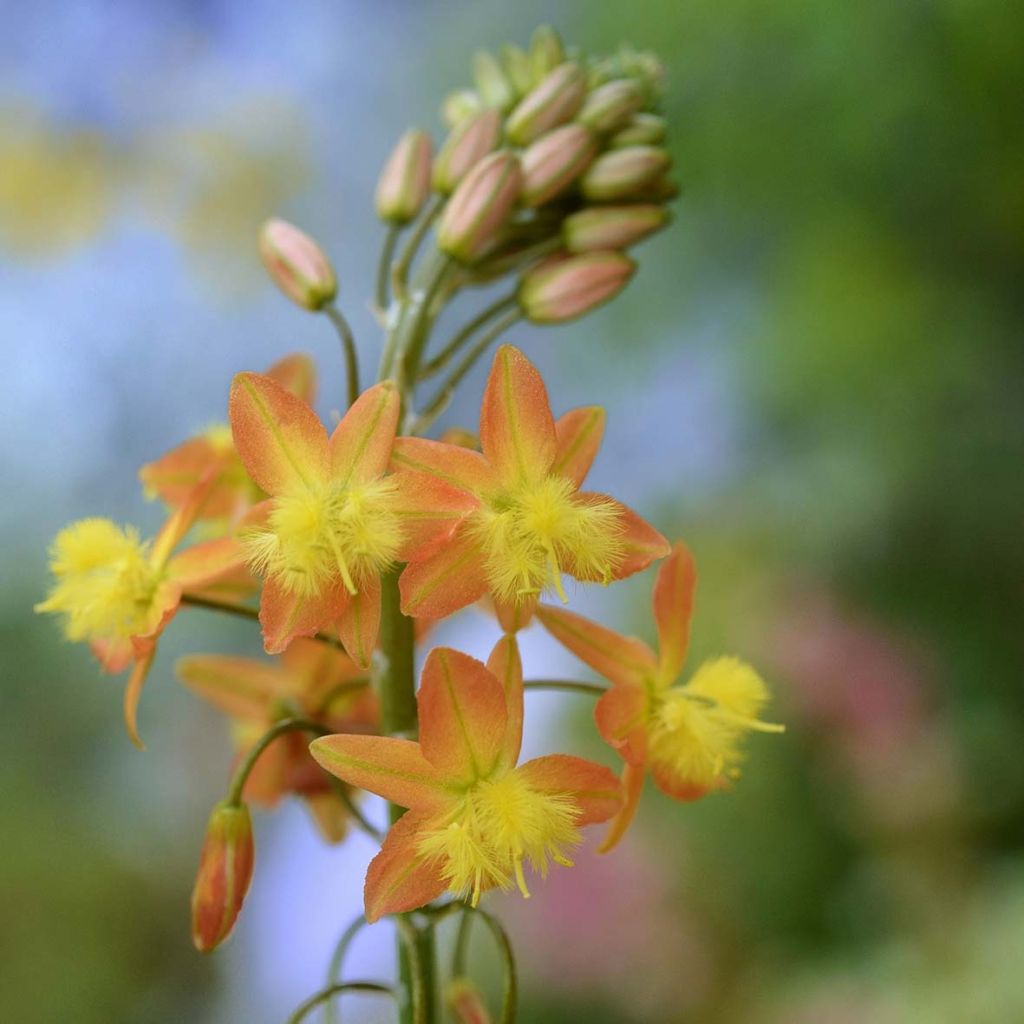

Bulbine frutescens
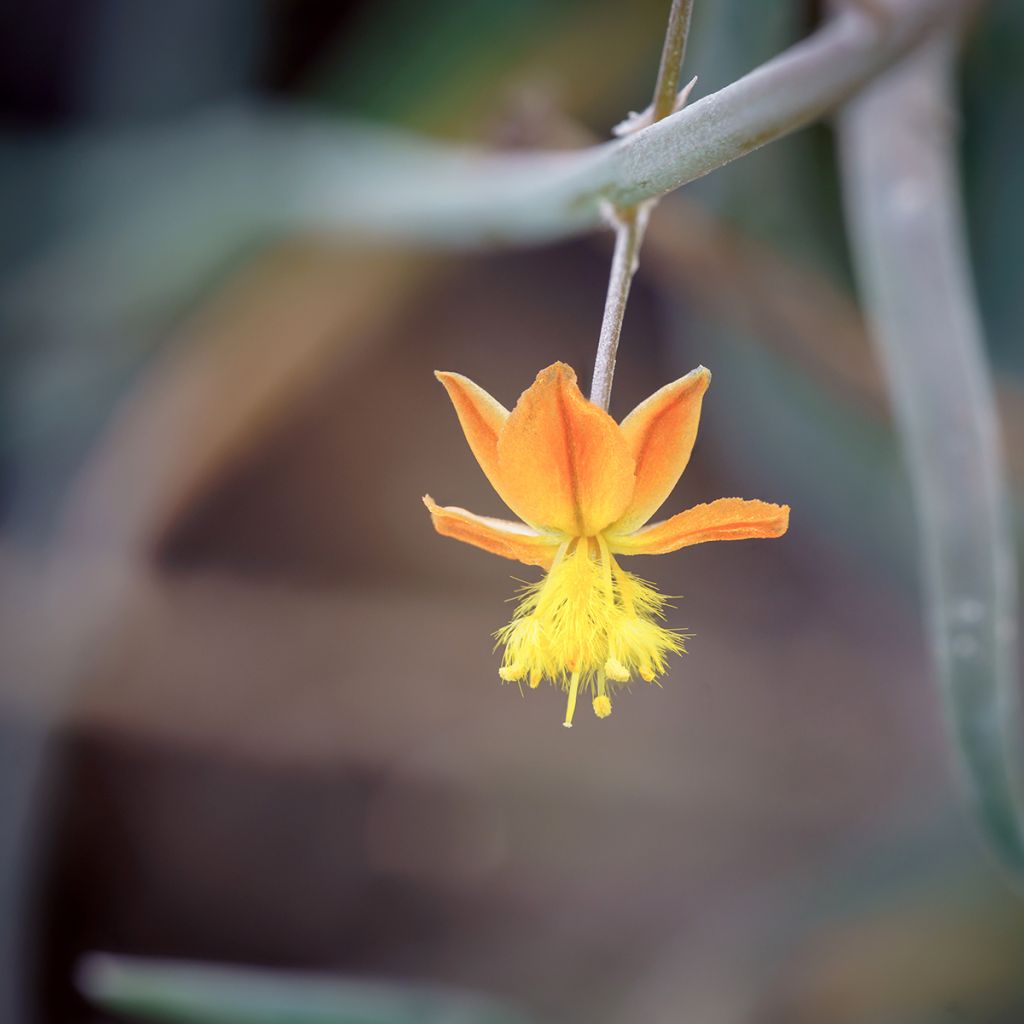

Bulbine frutescens
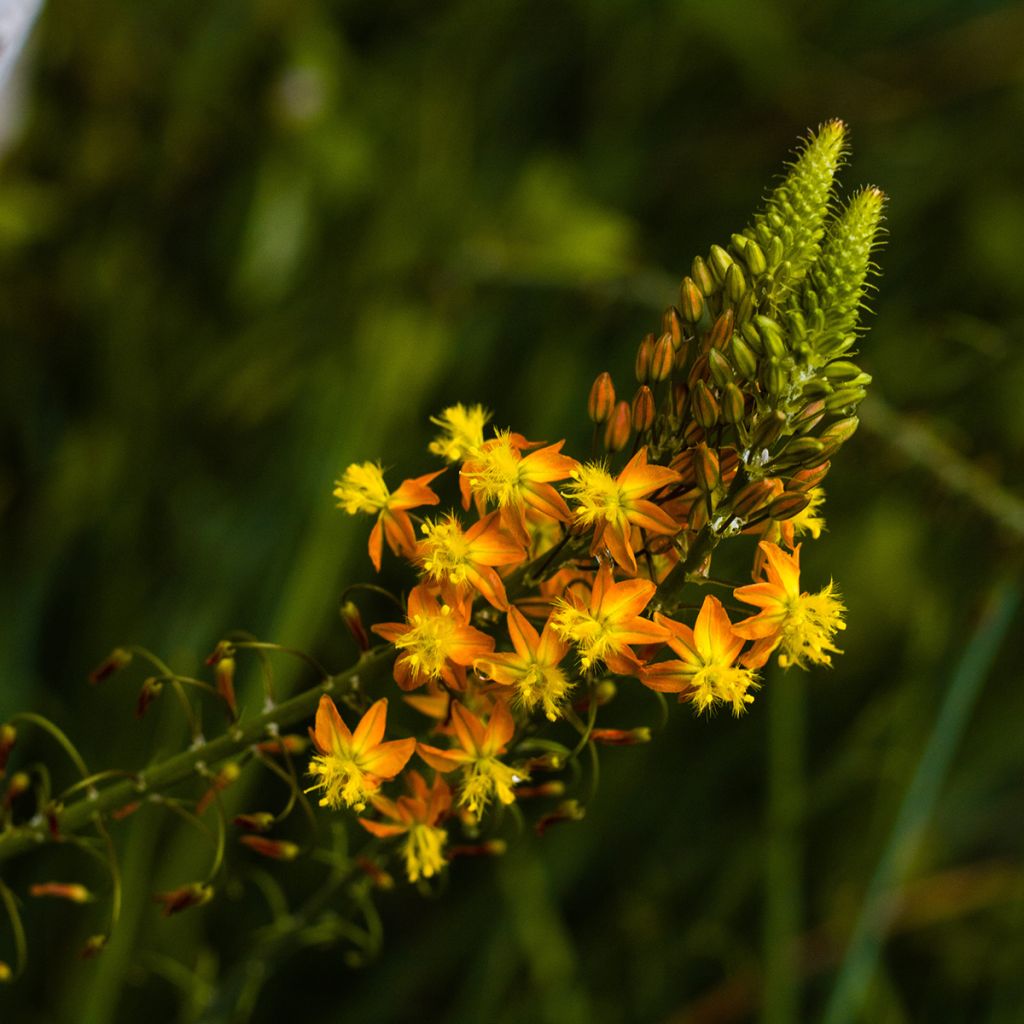

Bulbine frutescens
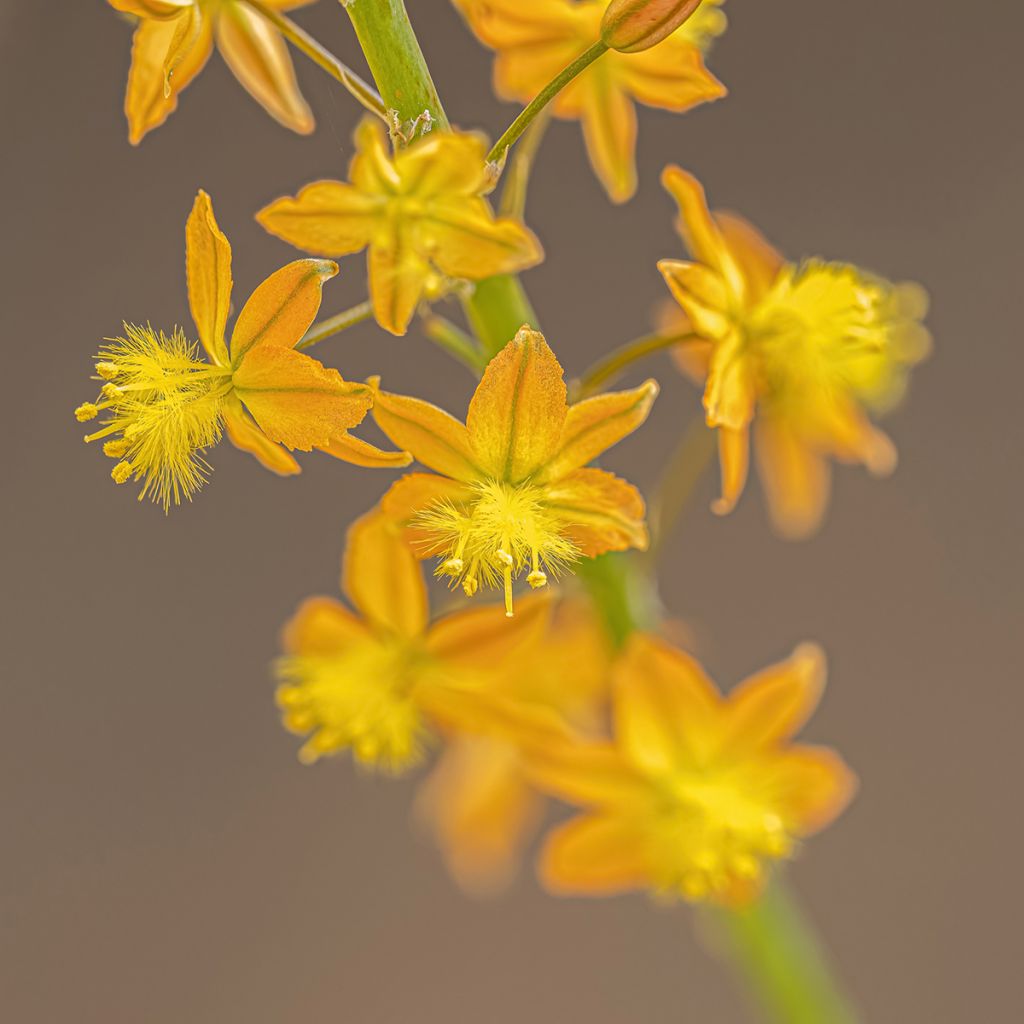

Bulbine frutescens
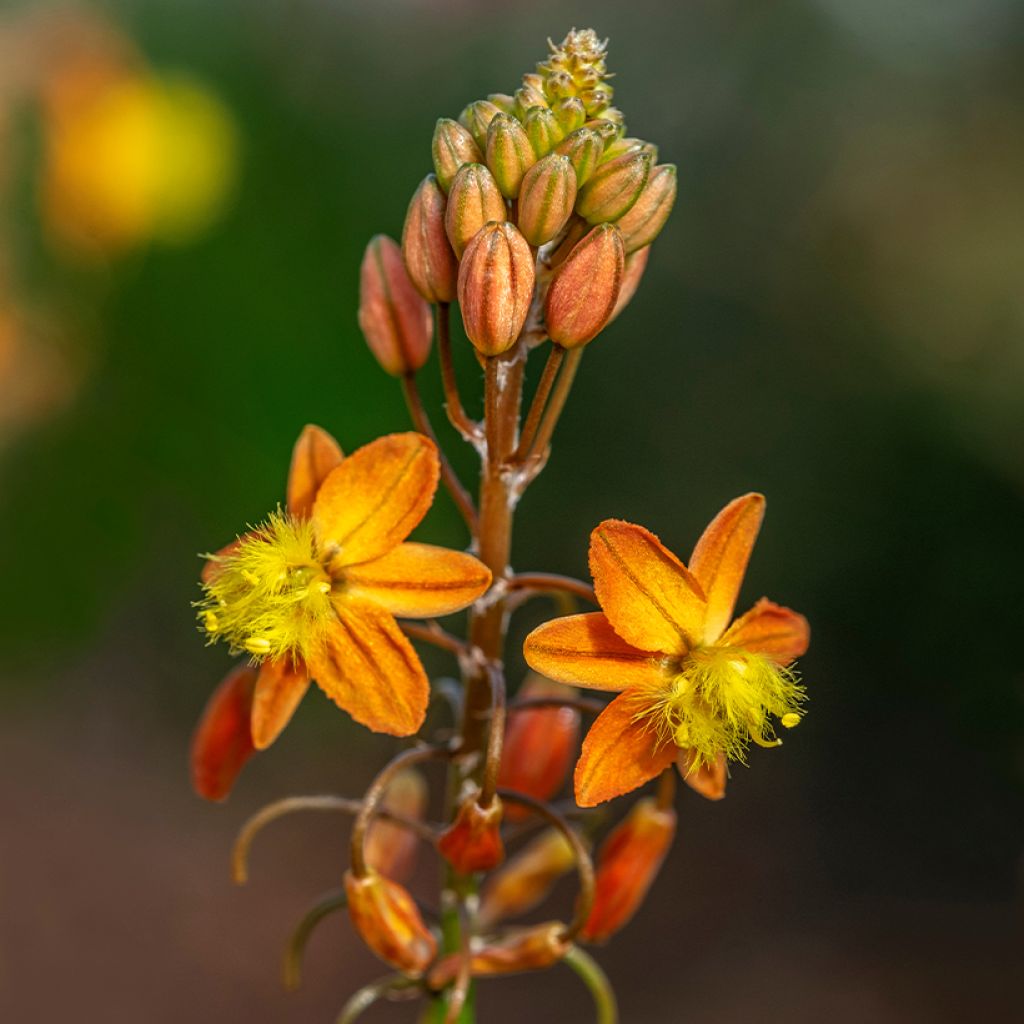

Bulbine frutescens
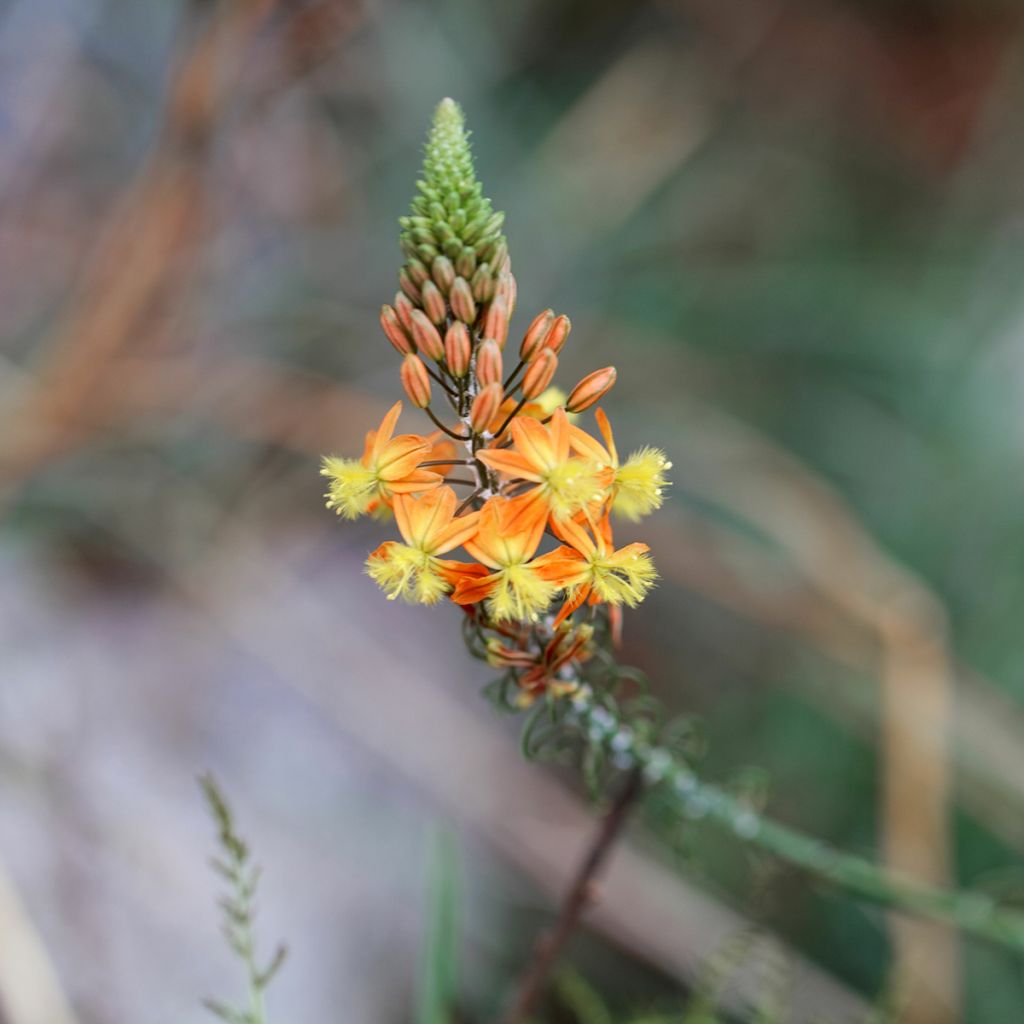

Bulbine frutescens
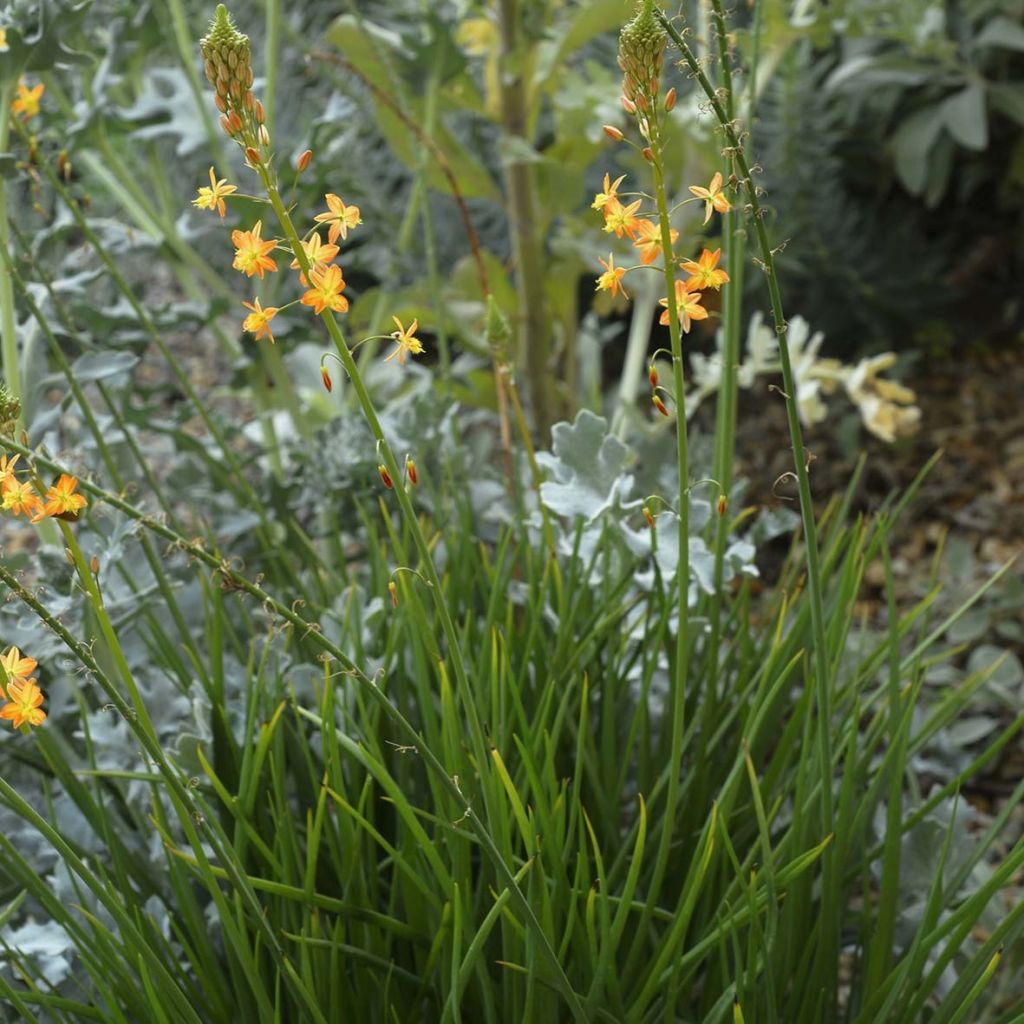

Bulbine frutescens
Bulbine frutescens
Bulbine frutescens
Stalked Bulbine, Rankkopieva
This item cannot be shipped to the selected country
Delivery charge from €5.90
Delivery charge from €5.90
Delivery charge from €5.90
More information
Schedule delivery date,
and select date in basket
This plant carries a 12 months recovery warranty
More information
We guarantee the quality of our plants for a full growing cycle, and will replace at our expense any plant that fails to recover under normal climatic and planting conditions.
From €5.90 for pickup delivery and €6.90 for home delivery
Express home delivery from €8.90.
From €5.90 for pickup delivery and €6.90 for home delivery
Express home delivery from €8.90.
From €5.90 for pickup delivery and €6.90 for home delivery
Express home delivery from €8.90.

Does this plant fit my garden?
Set up your Plantfit profile →
Description
Bulbine frutescens is a South African perennial with an exotic appearance, which is very resistant to drought but sensitive to the cold. It is well adapted to arid Mediterranean rock gardens. The plant, whose stems root at the base when in contact with the ground, forms a thick groundcover over time. Its long succulent, upright leaves are filled with a soothing and healing gel, used in herbal medicine. Pretty lemon yellow star-shaped flowers with prominent fluffy yellow stamens open on its delicate spike-like inflorescences. In a coastal garden, this flowering can occur throughout the year if the winter is very mild. Elsewhere, the bulbine can be grown in a pot on the patio or balcony, so that it can be overwintered indoors or in a greenhouse and protected from frost.
Bulbine frutescens is a herbaceous perennial plant with a woody base from the family Asphodelaceae (or Liliaceae). This botanical species is native to the Cape Province in South Africa, particularly the dry valleys of the Eastern Cape. Undemanding in terms of soil, the fibrous roots of the bulbine only dislikes poorly drained soils that retain moisture. It thrives in rocky or sandy, poor and even limestone soils. It is hardy to -4 to -6°C in a dry soil during winter. Its foliage is evergreen.
It is a fast-growing succulent perennial, capable of forming a clump of foliage at least 60 cm (24in) wide and 30 cm (12in) tall. The base of the stems, woody and prostrate, bear a few adventitious roots that easily root into the soil. Its foliage consists of long, upright, fleshy and narrow leaves, grooved, light green and vibrant, becoming darker and greyer with age. Flowering occurs from May to October-November in open ground, but there is a period of rest in July-August in very dry summers. Floral stems measuring up to 50 cm (20in) in height emerge between the leaves. They bear a very tight raceme inflorescence at their tip, 8 to 10 cm (3 to 4in) long. The small flowers open from the base to the top. Each flower, not exceeding 1 cm (1in) in diameter, has 6 bright yellow petals with a dark central line. These curve backwards, revealing a cluster of fluffy bright yellow stamens. After pollination by insects, the fruit is formed: a small round capsule with three compartments, containing small black, fine and winged seeds, easily transported by wind and water.
Bulbine frutescens is a very good plant for Mediterranean rock gardens or in a dry coastal garden. Its somewhat exotic appearance will also delight enthusiasts of botanical curiosities, who will display it in a large pot on the patio during the summer, but protect it in winter. On a large slope, it will accompany all plants that thrive in dry conditions: lavender in shades of mauve or violet, creeping rosemary, Euphorbia myrsinites, cistus, Perovskia, creeping ceanothus, valerian... and many others.
Medicinal properties: The leaves of the bulbine have the same uses as those of Aloe vera. The fresh sap is recommended for treating burns, irritations, cracks, insect bites...
Report an error about the product description
Bulbine frutescens in pictures
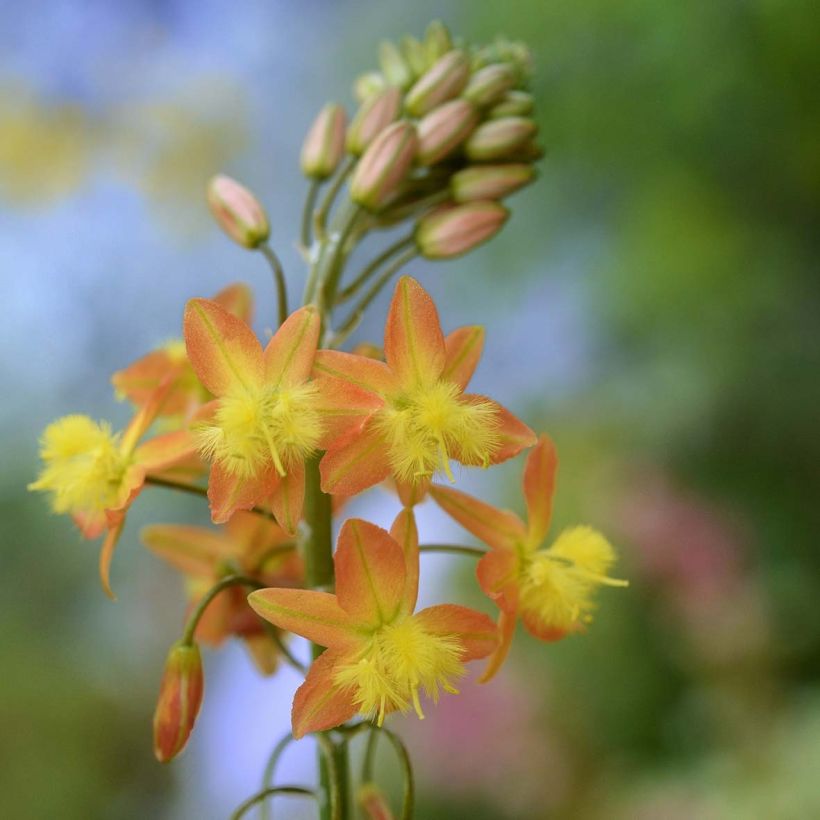

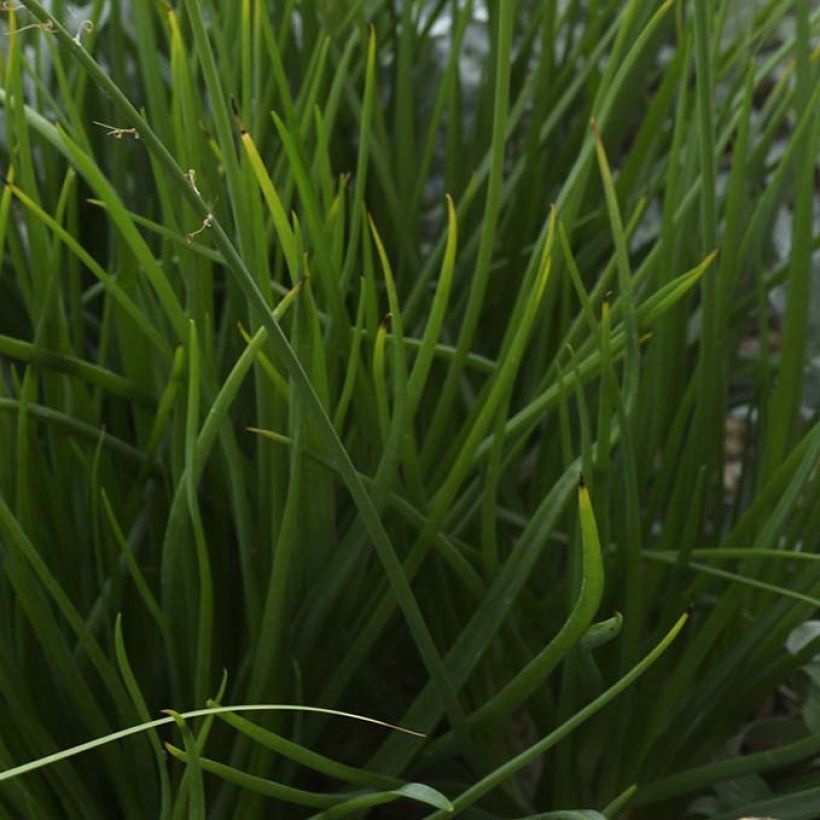

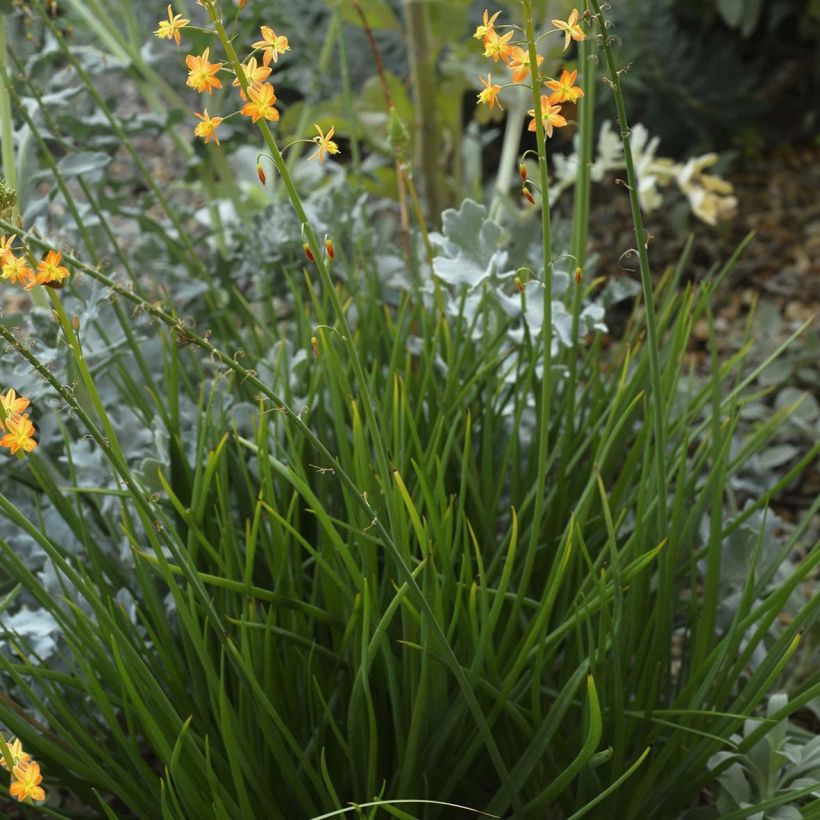

Flowering
Foliage
Plant habit
Botanical data
Bulbine
frutescens
Asphodelaceae
Stalked Bulbine, Rankkopieva
South Africa
Other Bulbines
Planting and care
Bulbine frutescens grows on rather stony, rocky or sandy, poor and well-drained soils. It tolerates the presence of limestone in the soil. Plant it in a raised bed which is mixed with gravel and compost, or in a rockery. This plant requires a very sunny and sheltered position. Bulbine frutescens is not very hardy, up to -4/-6 °C in dry soil, and like all succulents, tolerates summer drought. Its cultivation in open ground should be kept to mildest regions (Mediterranean or southern Atlantic coast). Prune the faded flower stalks as they appear. You can prune excess stems in spring to prevent the centre of the clump from thinning out. Bulbine does not suffer from any diseases or pests.
Cultivation in pots is easy: take a pot that is wider than it is tall, withh drainage holes at the bottom. Add a layer of stones, clay balls or pottery shards to help drainage. Add a mixture of garden soil, gravel, compost and coarse sand. Place your bulbine so that its collar (the area between the roots and the base of the stem) is not buried, but that the base of its stems is lying on the surface. Water moderately, but regularly from spring to autumn. Apply succulent plant fertiliser once a month during the growth period. Shelter your potted plant in winter on a veranda or a slightly heated bright room (less than 18°C). Reduce watering in winter.
Repot the bulbine every 2 or 3 years in spring.
Planting period
Intended location
Care
-
, onOrder confirmed
Reply from on Promesse de fleurs
Haven't found what you were looking for?
Hardiness is the lowest winter temperature a plant can endure without suffering serious damage or even dying. However, hardiness is affected by location (a sheltered area, such as a patio), protection (winter cover) and soil type (hardiness is improved by well-drained soil).

Photo Sharing Terms & Conditions
In order to encourage gardeners to interact and share their experiences, Promesse de fleurs offers various media enabling content to be uploaded onto its Site - in particular via the ‘Photo sharing’ module.
The User agrees to refrain from:
- Posting any content that is illegal, prejudicial, insulting, racist, inciteful to hatred, revisionist, contrary to public decency, that infringes on privacy or on the privacy rights of third parties, in particular the publicity rights of persons and goods, intellectual property rights, or the right to privacy.
- Submitting content on behalf of a third party;
- Impersonate the identity of a third party and/or publish any personal information about a third party;
In general, the User undertakes to refrain from any unethical behaviour.
All Content (in particular text, comments, files, images, photos, videos, creative works, etc.), which may be subject to property or intellectual property rights, image or other private rights, shall remain the property of the User, subject to the limited rights granted by the terms of the licence granted by Promesse de fleurs as stated below. Users are at liberty to publish or not to publish such Content on the Site, notably via the ‘Photo Sharing’ facility, and accept that this Content shall be made public and freely accessible, notably on the Internet.
Users further acknowledge, undertake to have ,and guarantee that they hold all necessary rights and permissions to publish such material on the Site, in particular with regard to the legislation in force pertaining to any privacy, property, intellectual property, image, or contractual rights, or rights of any other nature. By publishing such Content on the Site, Users acknowledge accepting full liability as publishers of the Content within the meaning of the law, and grant Promesse de fleurs, free of charge, an inclusive, worldwide licence for the said Content for the entire duration of its publication, including all reproduction, representation, up/downloading, displaying, performing, transmission, and storage rights.
Users also grant permission for their name to be linked to the Content and accept that this link may not always be made available.
By engaging in posting material, Users consent to their Content becoming automatically accessible on the Internet, in particular on other sites and/or blogs and/or web pages of the Promesse de fleurs site, including in particular social pages and the Promesse de fleurs catalogue.
Users may secure the removal of entrusted content free of charge by issuing a simple request via our contact form.
The flowering period indicated on our website applies to countries and regions located in USDA zone 8 (France, the United Kingdom, Ireland, the Netherlands, etc.)
It will vary according to where you live:
- In zones 9 to 10 (Italy, Spain, Greece, etc.), flowering will occur about 2 to 4 weeks earlier.
- In zones 6 to 7 (Germany, Poland, Slovenia, and lower mountainous regions), flowering will be delayed by 2 to 3 weeks.
- In zone 5 (Central Europe, Scandinavia), blooming will be delayed by 3 to 5 weeks.
In temperate climates, pruning of spring-flowering shrubs (forsythia, spireas, etc.) should be done just after flowering.
Pruning of summer-flowering shrubs (Indian Lilac, Perovskia, etc.) can be done in winter or spring.
In cold regions as well as with frost-sensitive plants, avoid pruning too early when severe frosts may still occur.
The planting period indicated on our website applies to countries and regions located in USDA zone 8 (France, United Kingdom, Ireland, Netherlands).
It will vary according to where you live:
- In Mediterranean zones (Marseille, Madrid, Milan, etc.), autumn and winter are the best planting periods.
- In continental zones (Strasbourg, Munich, Vienna, etc.), delay planting by 2 to 3 weeks in spring and bring it forward by 2 to 4 weeks in autumn.
- In mountainous regions (the Alps, Pyrenees, Carpathians, etc.), it is best to plant in late spring (May-June) or late summer (August-September).
The harvesting period indicated on our website applies to countries and regions in USDA zone 8 (France, England, Ireland, the Netherlands).
In colder areas (Scandinavia, Poland, Austria...) fruit and vegetable harvests are likely to be delayed by 3-4 weeks.
In warmer areas (Italy, Spain, Greece, etc.), harvesting will probably take place earlier, depending on weather conditions.
The sowing periods indicated on our website apply to countries and regions within USDA Zone 8 (France, UK, Ireland, Netherlands).
In colder areas (Scandinavia, Poland, Austria...), delay any outdoor sowing by 3-4 weeks, or sow under glass.
In warmer climes (Italy, Spain, Greece, etc.), bring outdoor sowing forward by a few weeks.

































